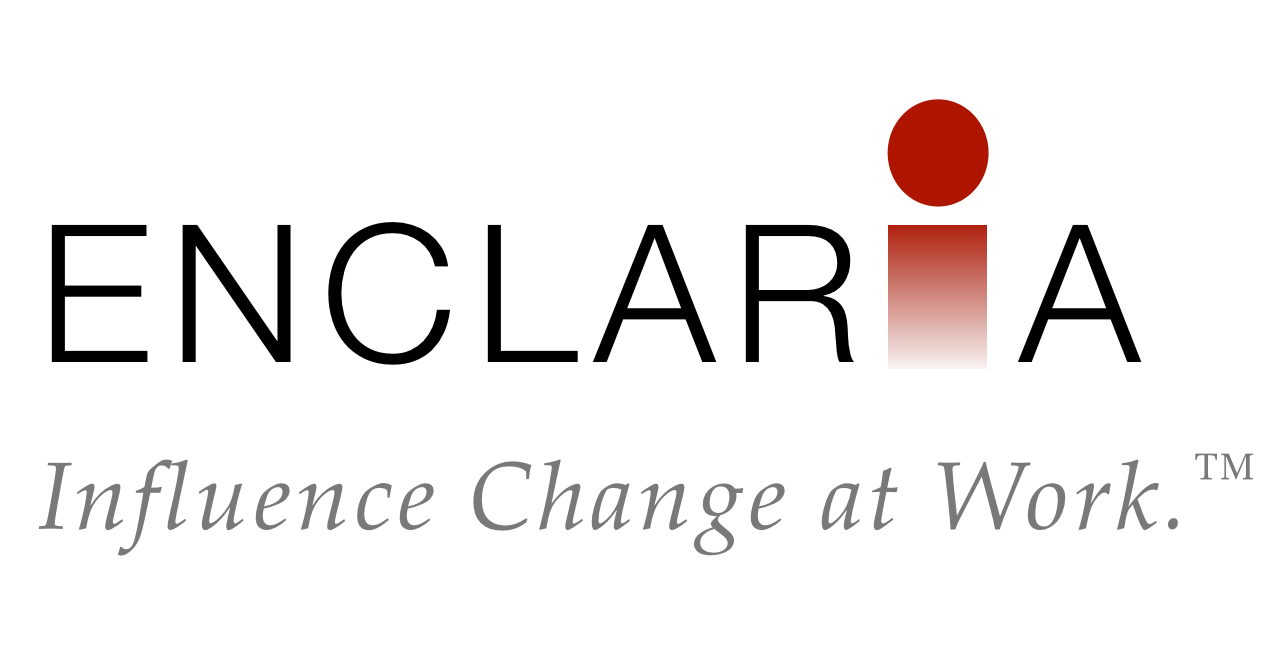 Inevitably, when I coach change agents the conversation at some point turns into a career discussion. When you are banging your head against the wall, it is natural to consider that the organization is truly unchangeable, and perhaps it’s time to give up.
Inevitably, when I coach change agents the conversation at some point turns into a career discussion. When you are banging your head against the wall, it is natural to consider that the organization is truly unchangeable, and perhaps it’s time to give up.
At the heart of the decision to stay or quit is a question. Is the organization really stuck, or have you just not tried the thing(s) that will work to make it unstuck?
In my experience, an organization is only truly stuck if someone with authority wants it to be stuck. I don’t mean that the senior leaders say they want change but unconsciously sabotage the effort. When that happens there is still an opportunity to hold up a mirror to show them what is going on. No, the organization is only stuck if the CEO (or equivalent) says to you, “We are ending this initiative.” In every other case there is something else you haven’t tried yet.
Consider this: when you are banging your head against the wall, the proverbial wall may not be the immovable organization. The wall might be your own internal barrier that is keeping you from trying the thing that will work. Whether it’s one of many available fears, or conflicting priorities, or imaginary or real inadequacies, an internal barrier may stop you from even considering something that might otherwise be an obvious step forward. If such an internal barrier exists, quitting now in the hopes that another organization will be easier to change will most likely end at the beginning of a similar cycle of frustration.
So go. Go until someone tells you to stop. Otherwise you’re stopping yourself.
What is the wall you’re banging your head against?
If you don’t know what is stuck or don’t know how to get unstuck, contact me to learn how we might figure it out together.
